This is the second of seven posts that recount last month’s Convening Great Lakes Culture Keepers (CGLCK) Institute at the Ziibiwing Center of Anishinabe Culture and Lifeways in Mt. Pleasant, Michigan, April 14-17, 2014. This four-day gathering of tribal librarians, archivists, and museum curators from Wisconsin, Minnesota, and Michigan, as well as staff and graduate students from the University of Wisconsin-Madison School of Library and Information Studies, was graciously funded by the Institute of Museum of Library Services. You can read more about the overview of the project here.
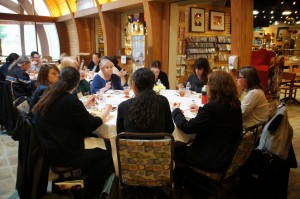
After our Monday afternoon classes finished up, we returned to the whole group to enjoy a Welcome Feast from the Saginaw Chippewa community. Our hosts at the Ziibiwing Center kept us well-fed throughout the institute, but our dinner during our first evening together was particularly special because we were able to relax together, share what we had learned in our first classes, make new friends and reconnect with old ones, and enjoy a wonderful meal.
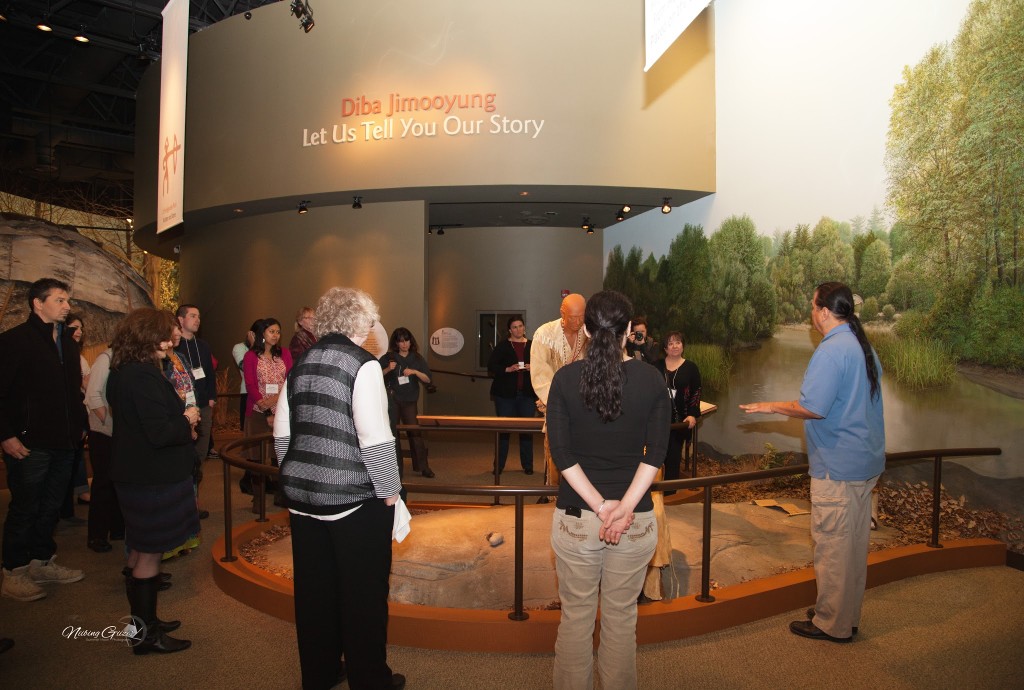
After the feast, we split into groups to go on guided tours of the Ziibiwing Center’s exhibits. Ziibiwing’s permanent exhibit, Diba Jimooyung: Telling our Story, walks visitors through the history of the Saginaw Chippewa Indian Tribe of Michigan. The exhibit begins with models of how the ancestors lived in each of the four seasons. The hallways in this area of the exhibit are wide and flowing. There is also a large round room where a video depicts the story of the Seven Prophecies.
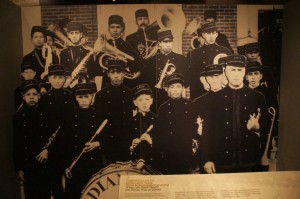
When the exhibits begin telling the story of post-contact life, the hallways become more narrow and jagged, physically demonstrating the struggles the people endured. Visitors to the exhibit are confronted with images and artifacts depicting boarding schools and other hardships that threatened the lifeways of the tribe.
Toward the end of the exhibit, a round room called the Blood Memory Room offers a place for reflection, healing, and hope. Other areas depict the Seven Prophecies, language revitalization projects, and other community-building efforts that point to the future of the tribe.
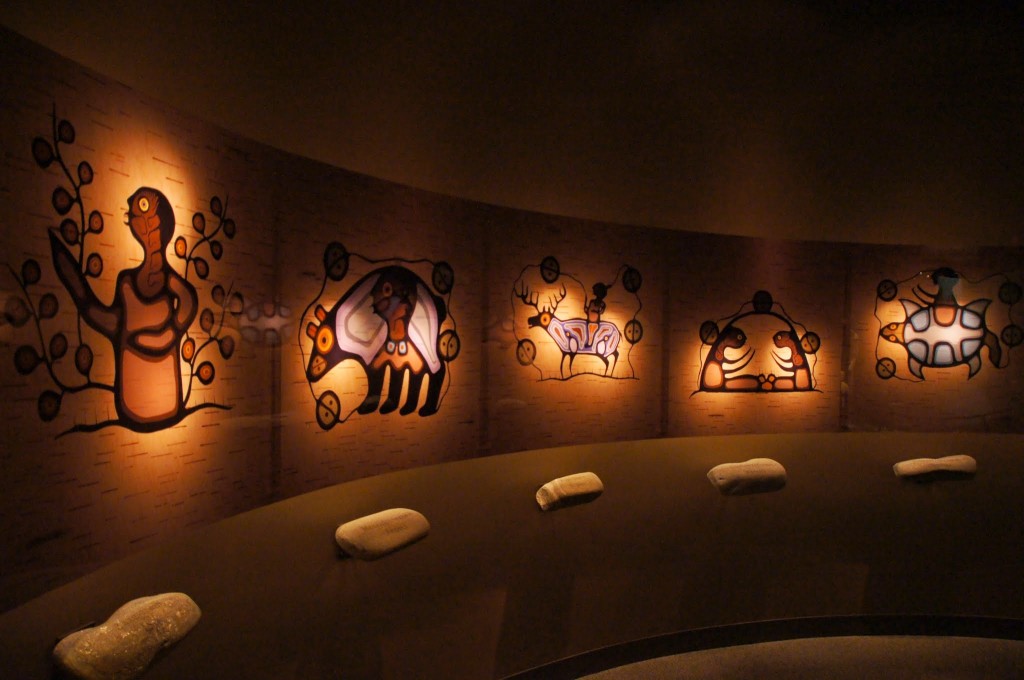
Touring the powerful and moving Diba Jimooyung exhibit with our guides was especially important for us. We learned about the history but also about how the Ziibiwing Center was developed and what emotions and learning each space was meant to evoke. Ziibiwing’s example is a wonderful model for other culture centers who would like to tell their stories with exhibits too.
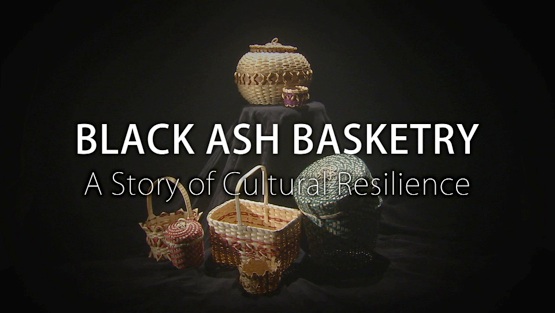
During the tours, groups of us also watched the film “Black Ash Basketry: A Story of Cultural Resilience.” This documentary describes the tradition of weaving black ash baskets, and how the Pigeon family tradition — along with many other basketmaking families — is threatened by Emerald Ash Borer, a small beetle which has been killing entire forests of black ash trees. We were joined by Kevin Finney, the executive director of the documentary, who shared with us his story of the filmmaking process. You can learn more about this documentary here.
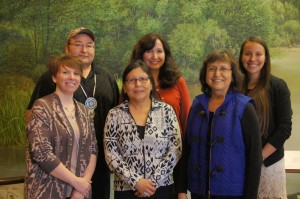
Overall, our first day of the institute ended with an evening of good food, learning, and sharing. Stay tuned for our third post in this Convening Great Lakes Culture Keepers Institute series!
-Jenny McBurney
